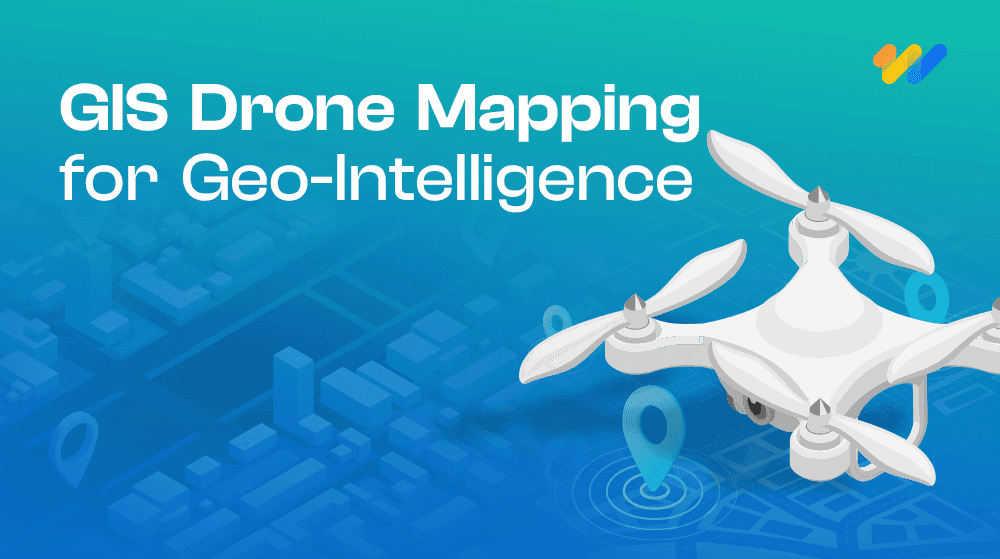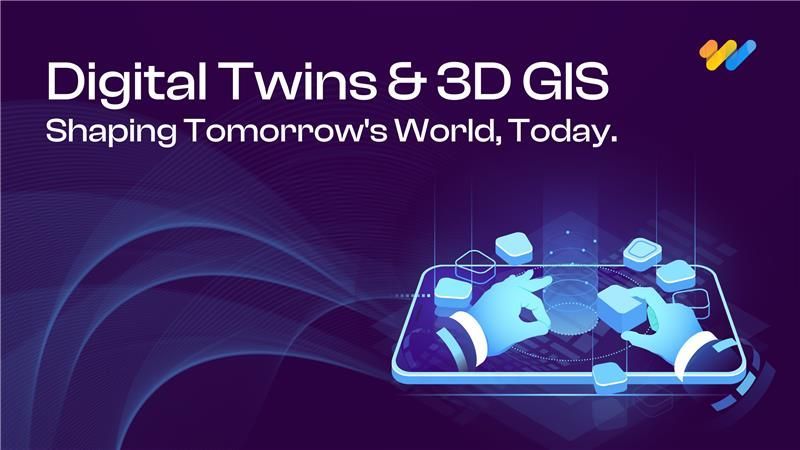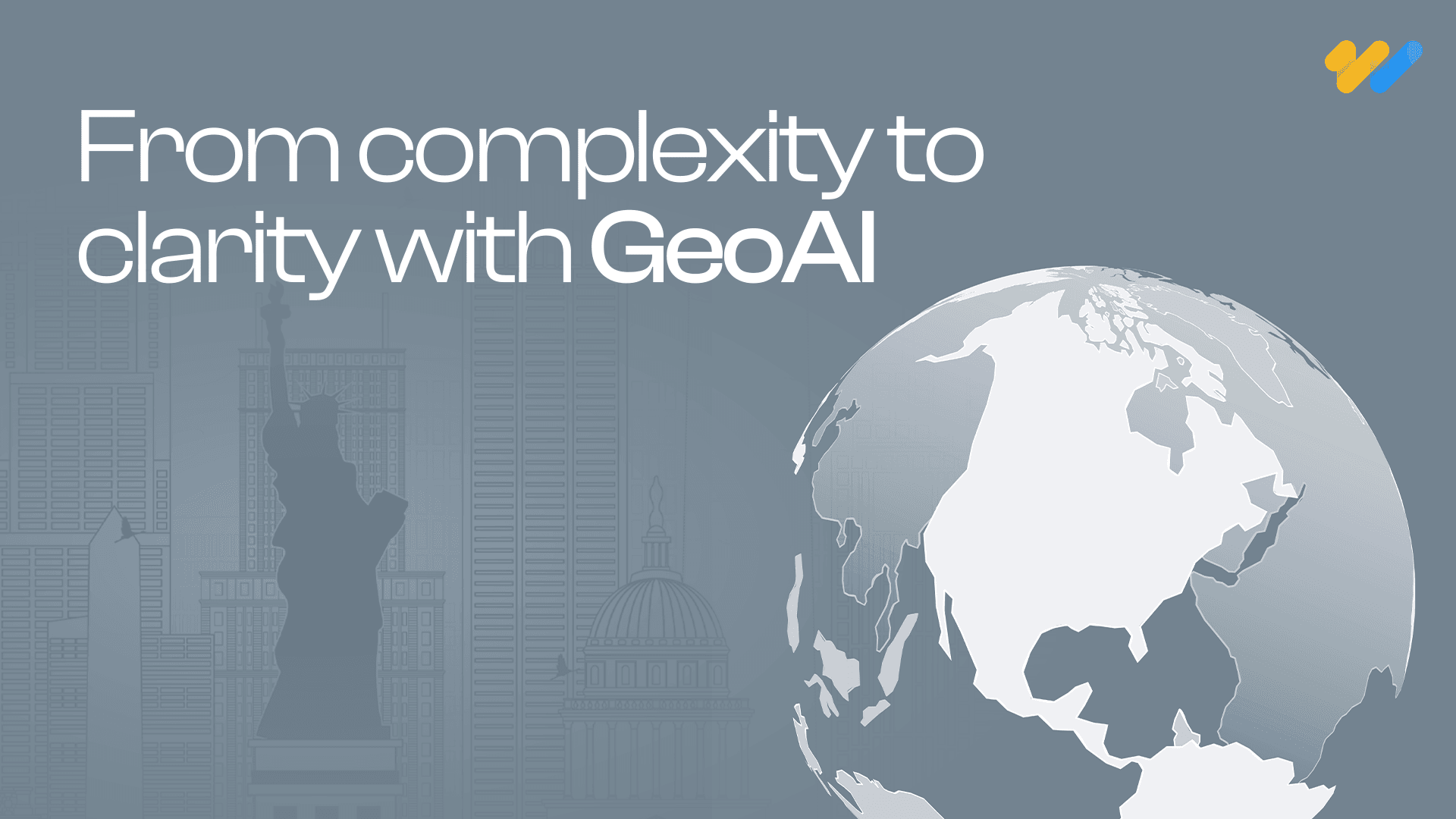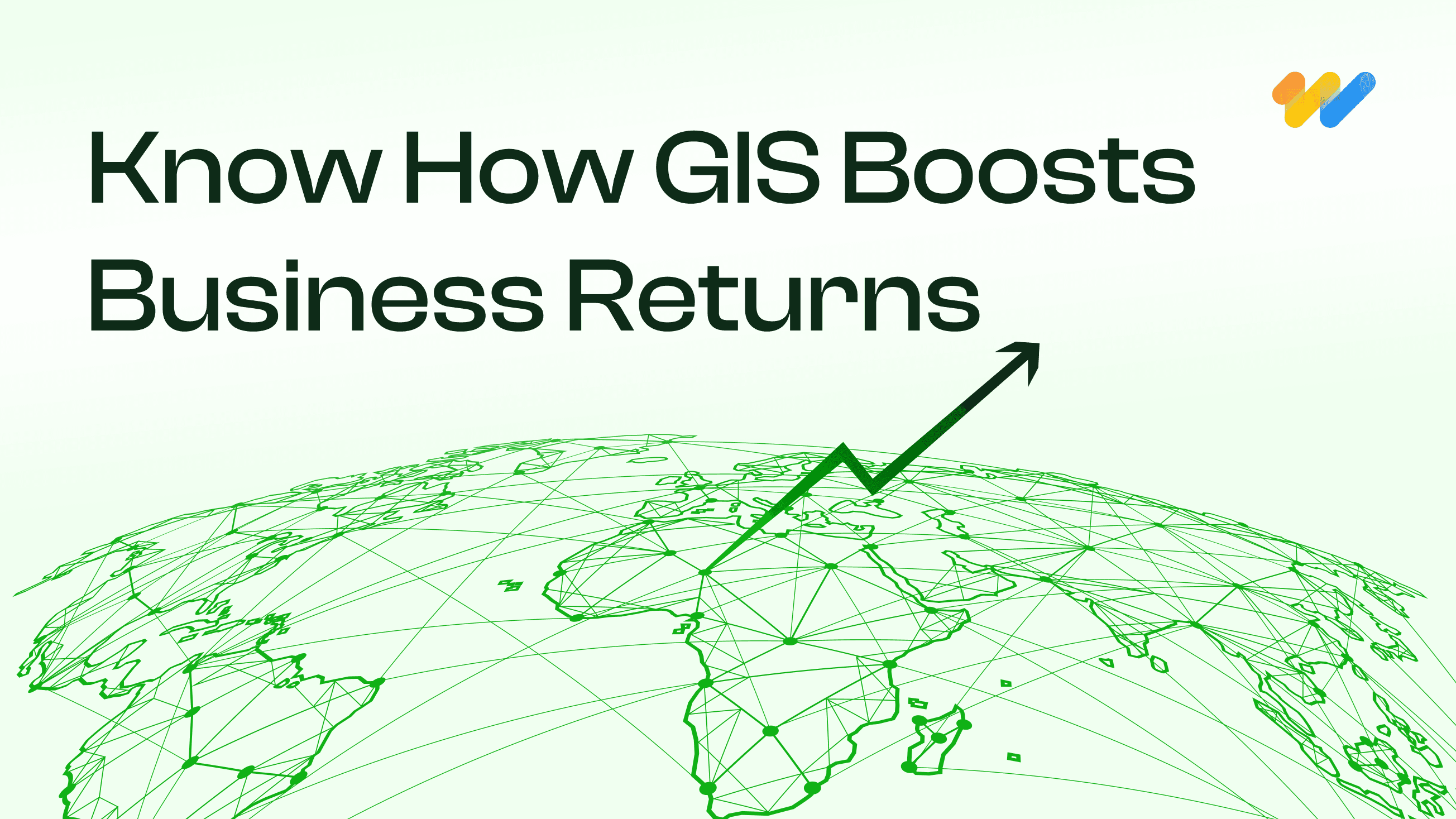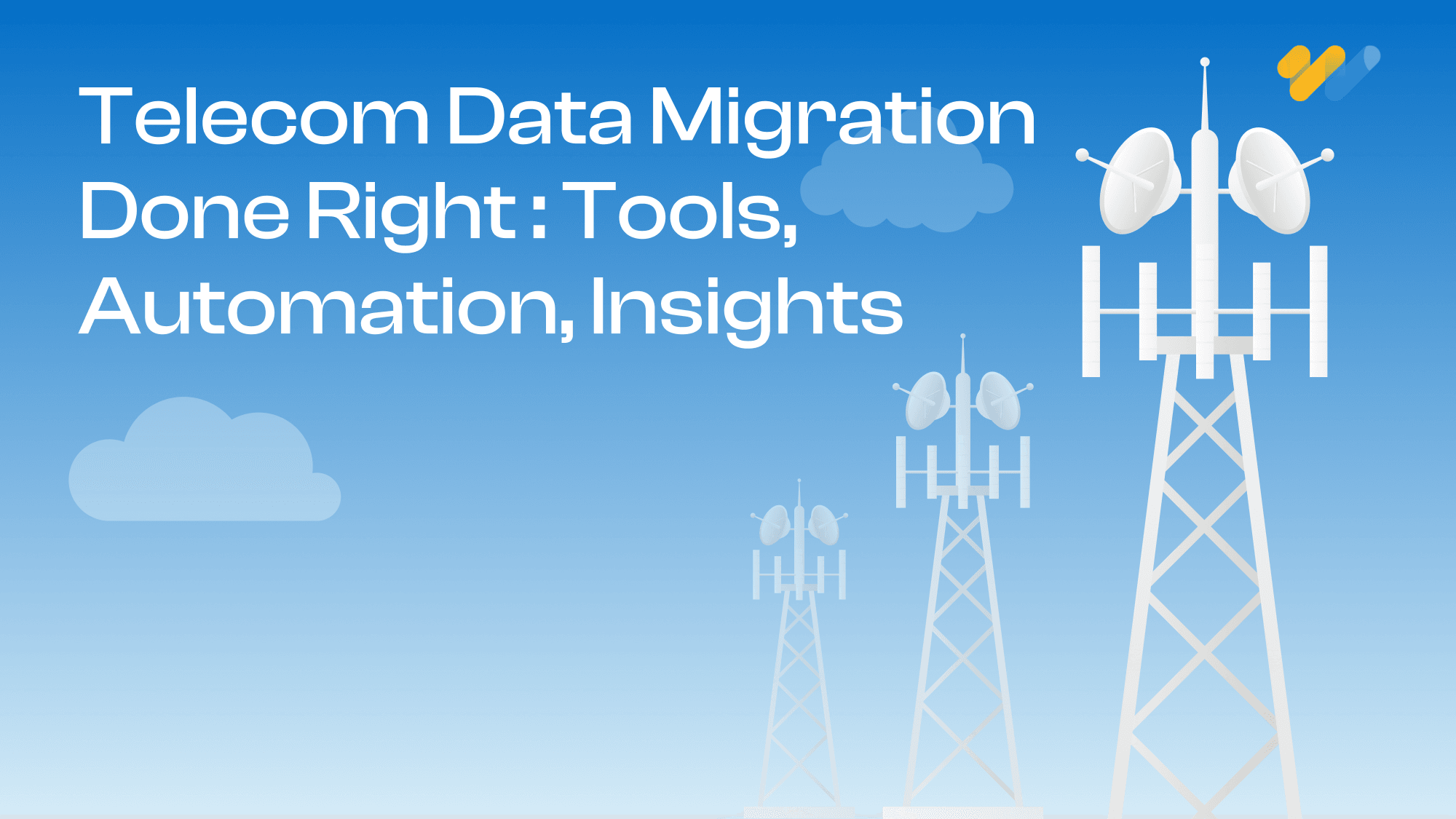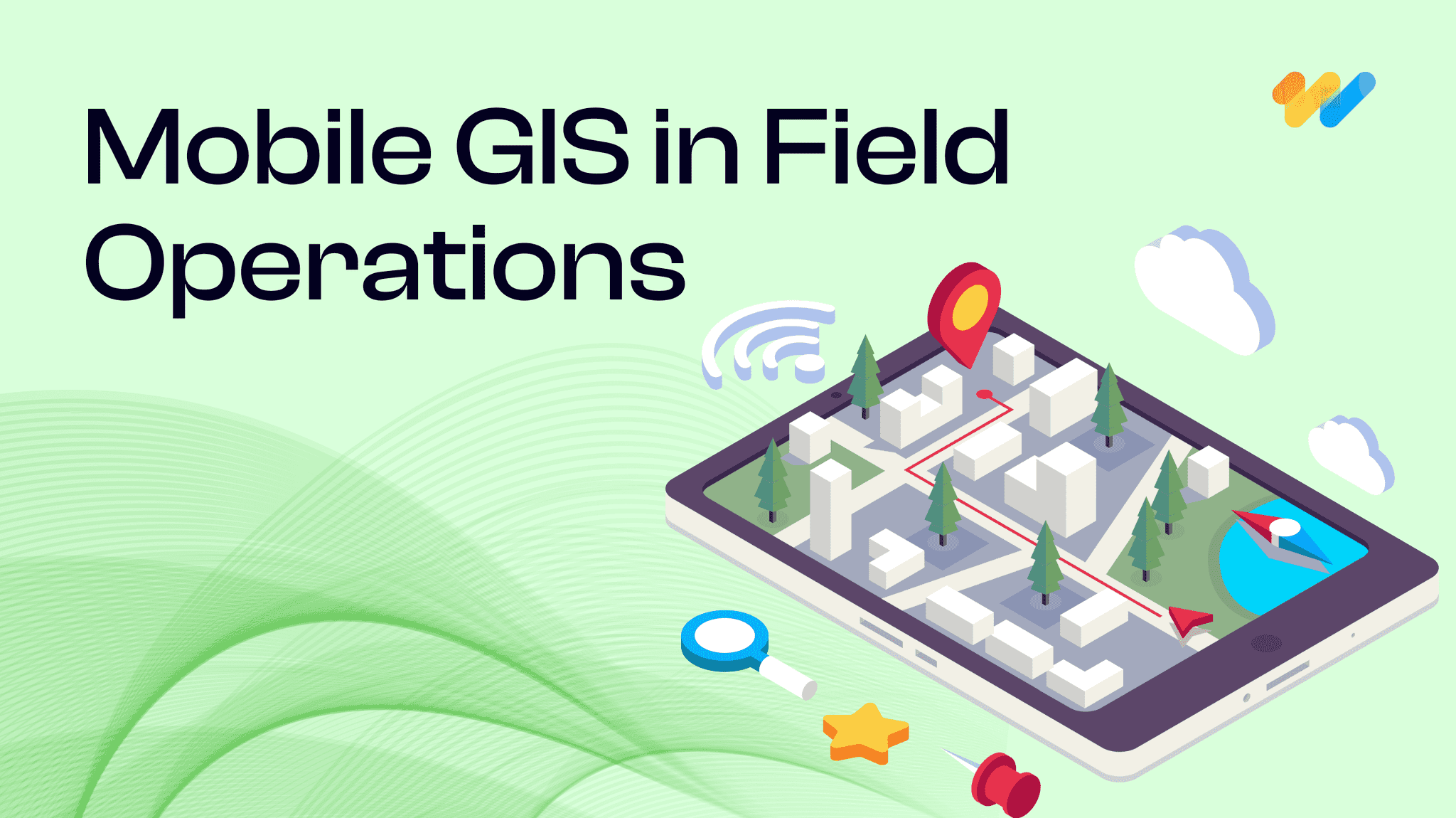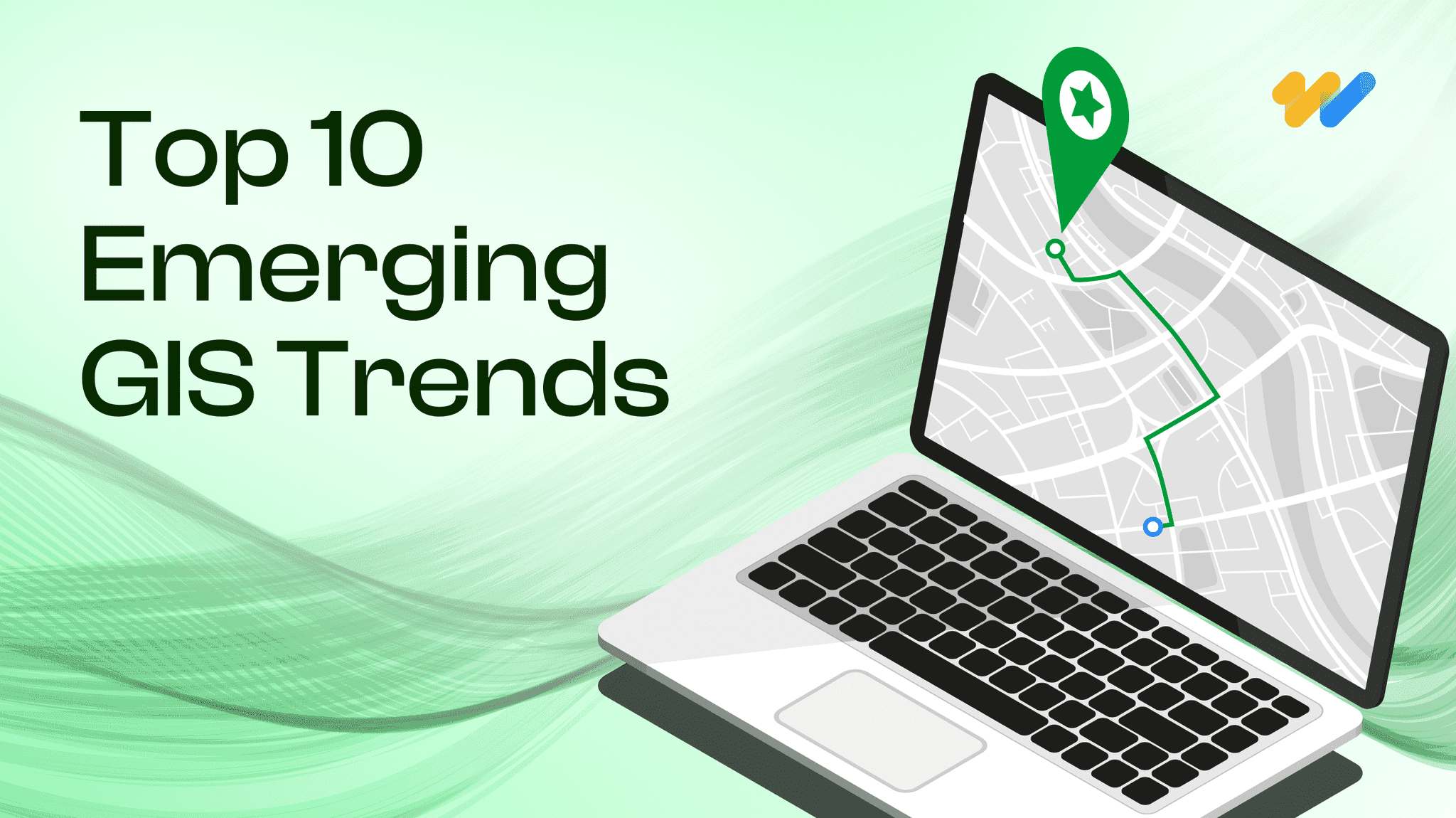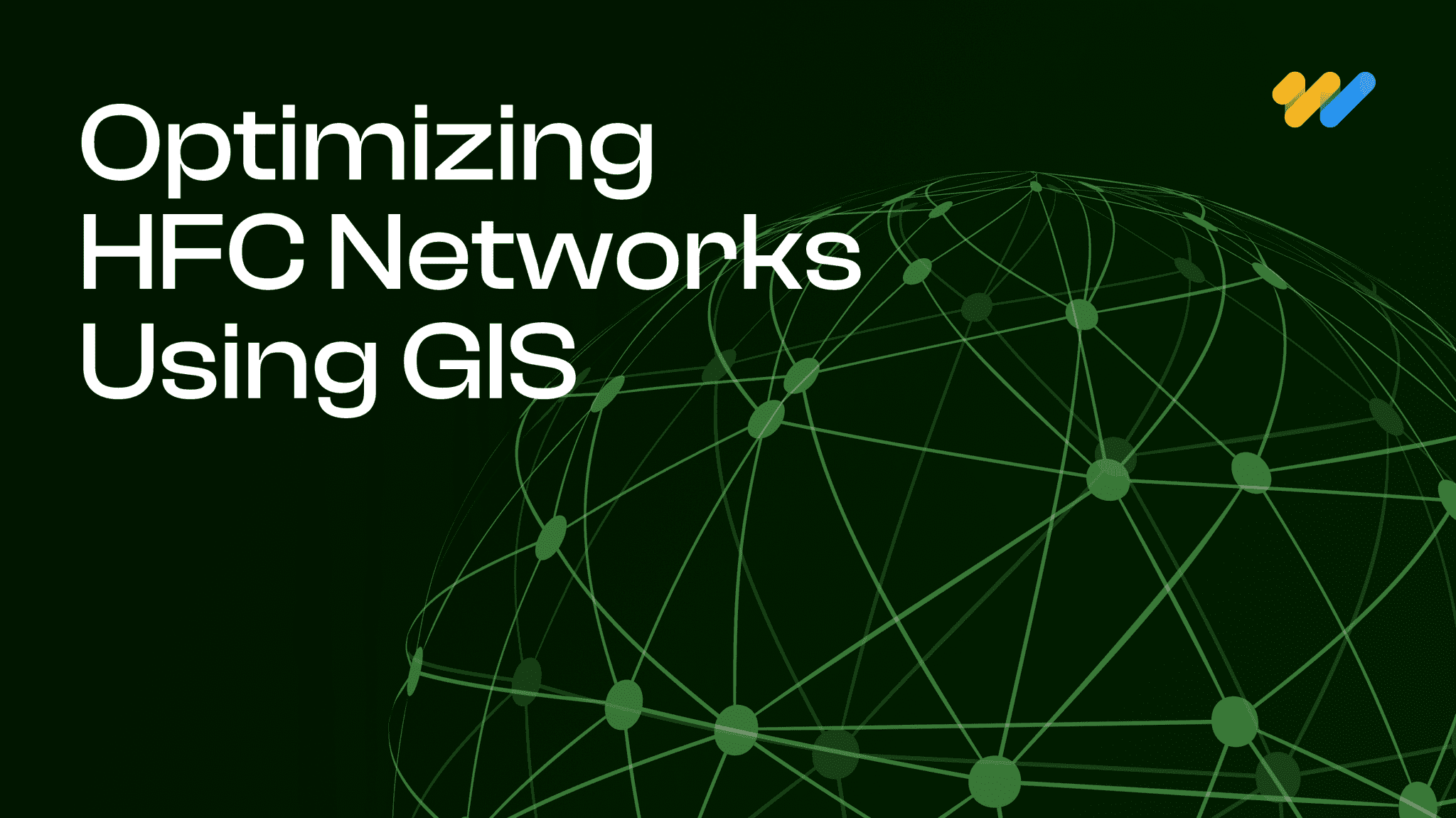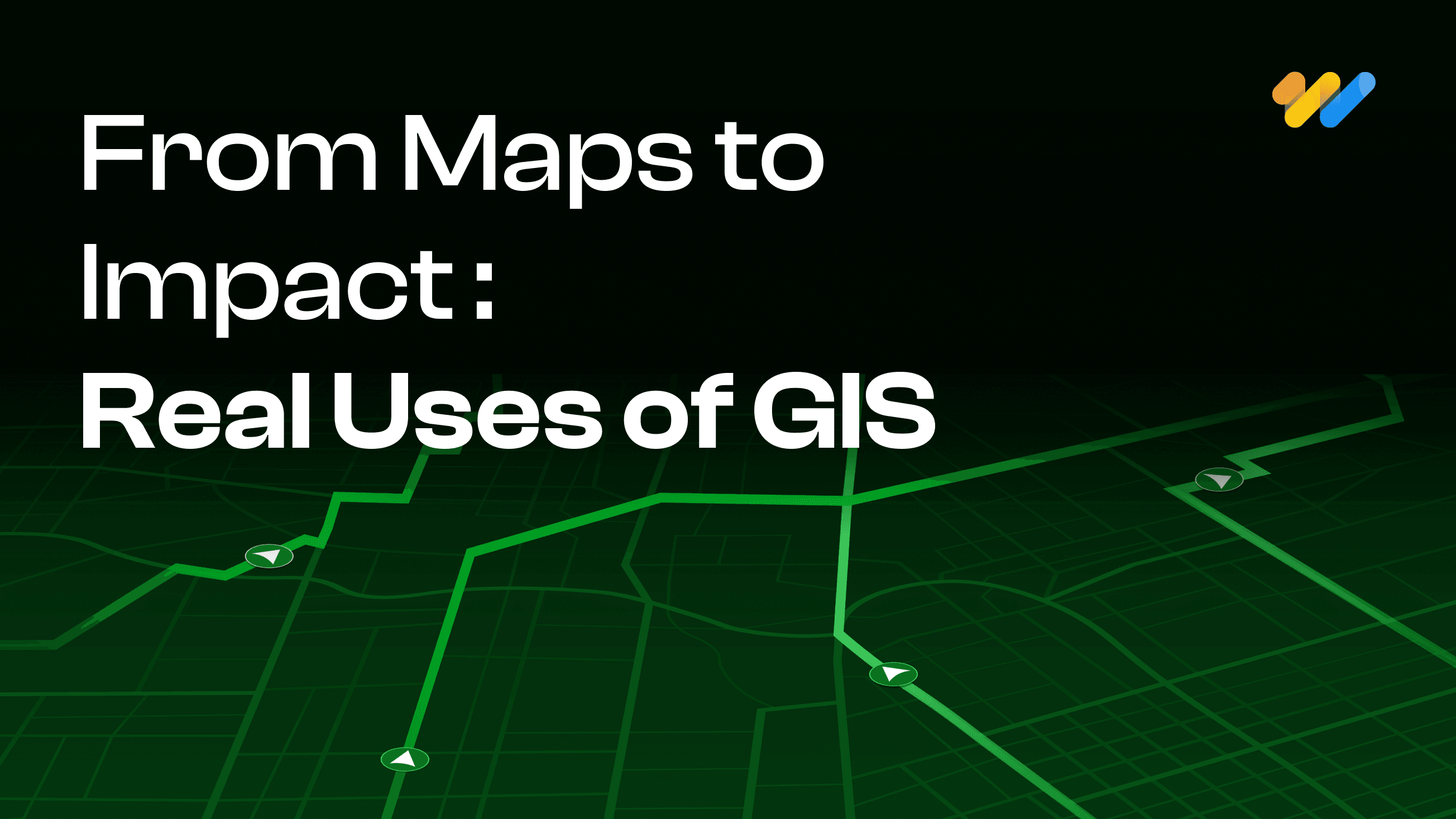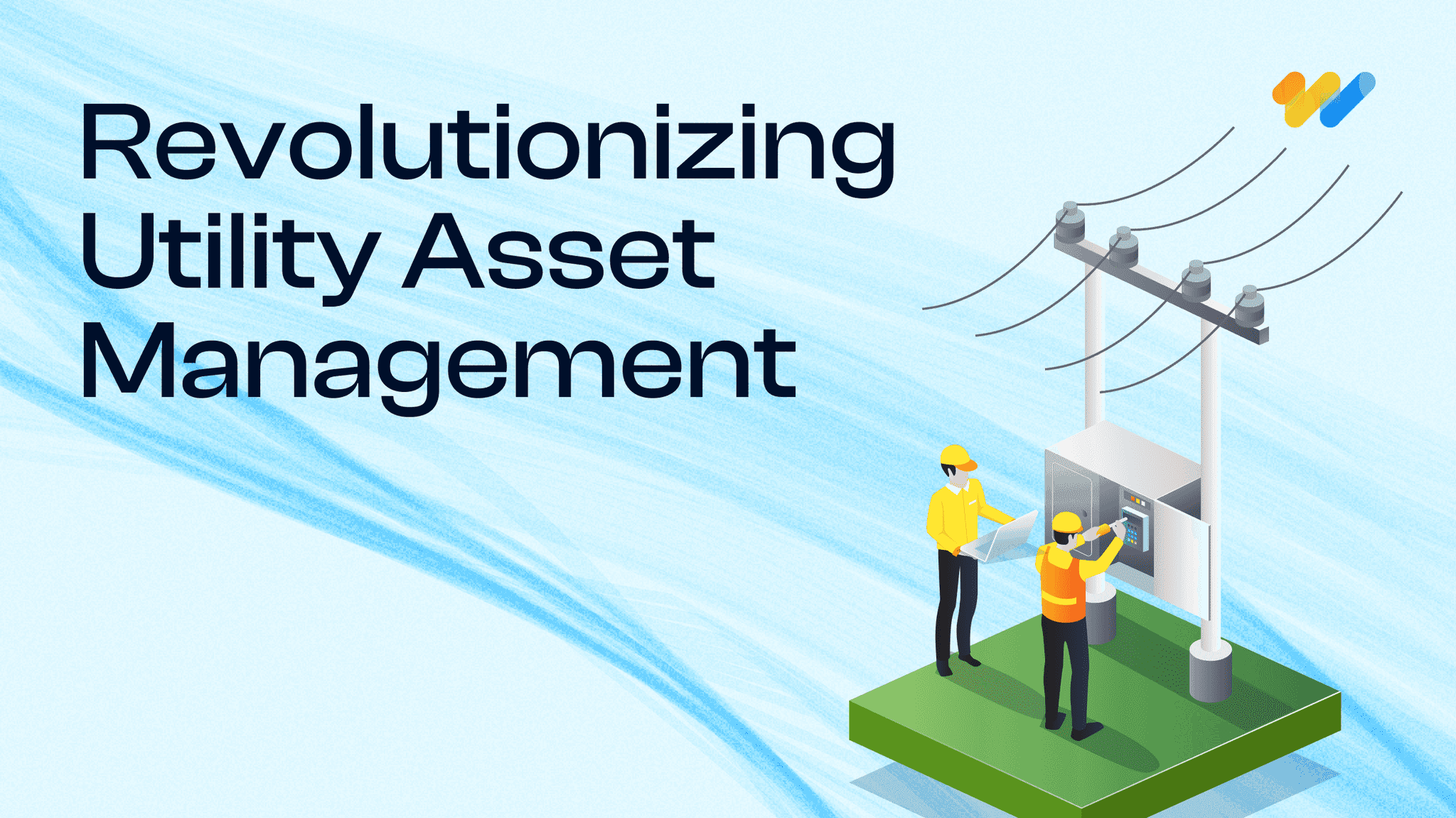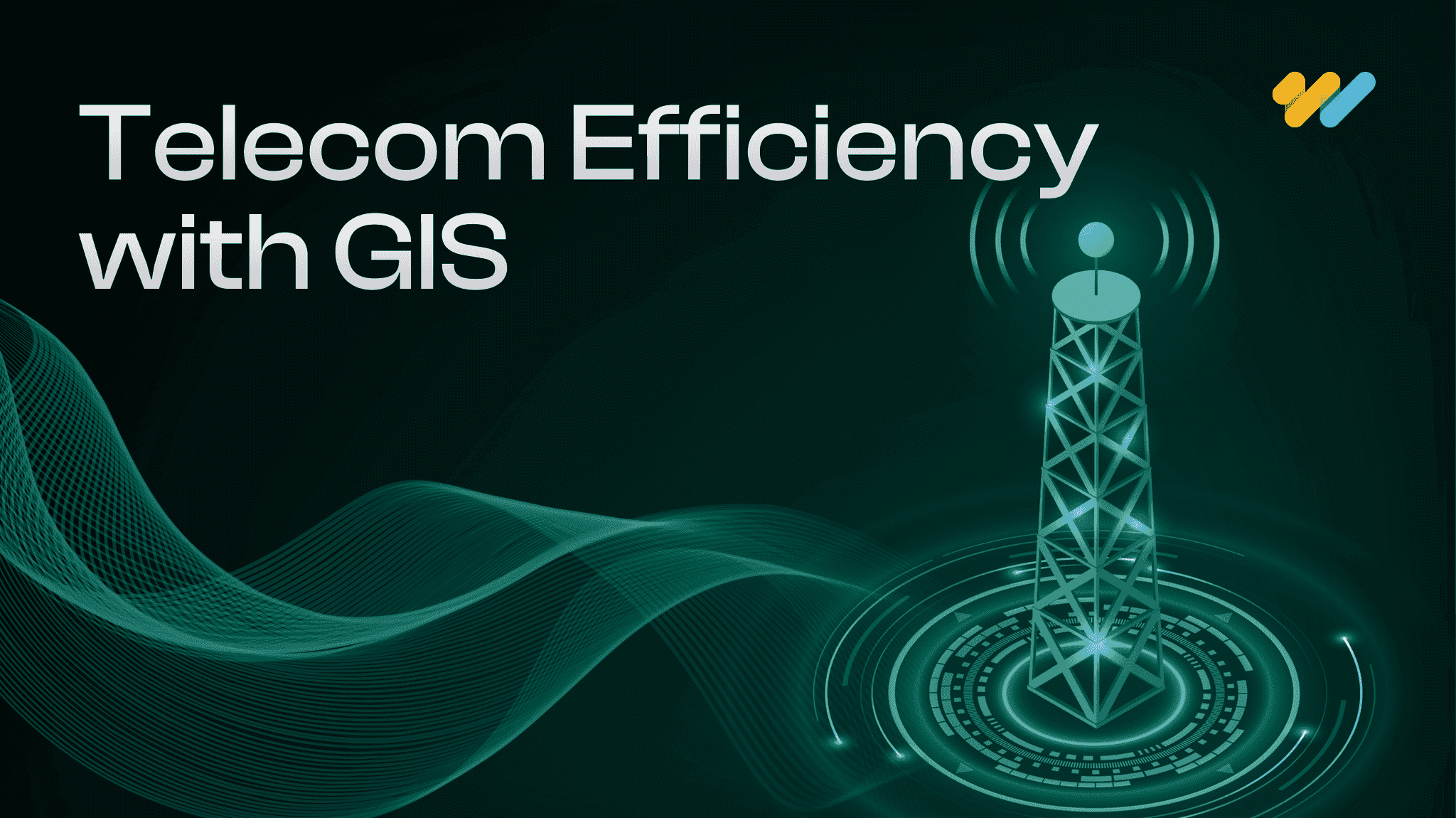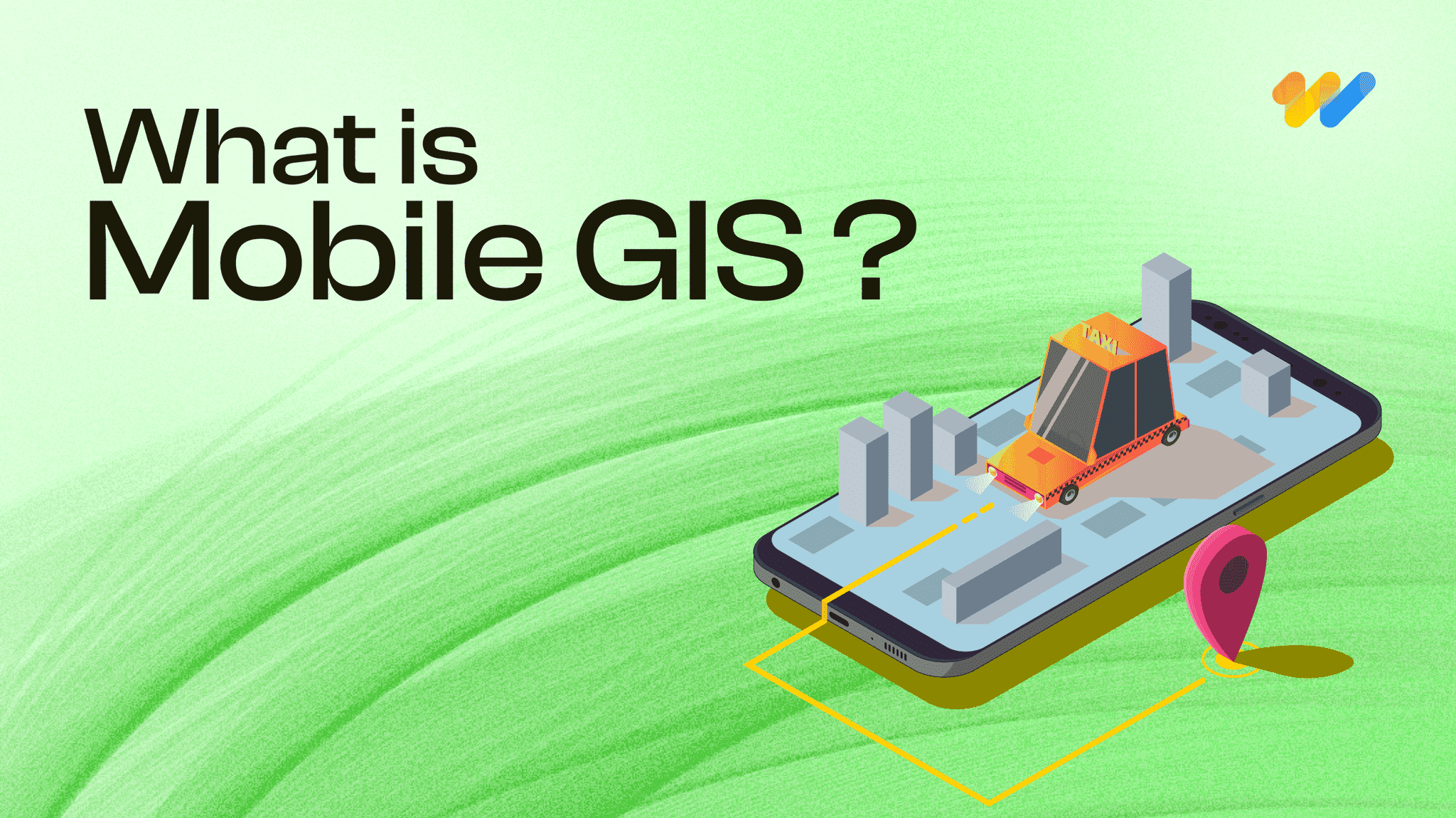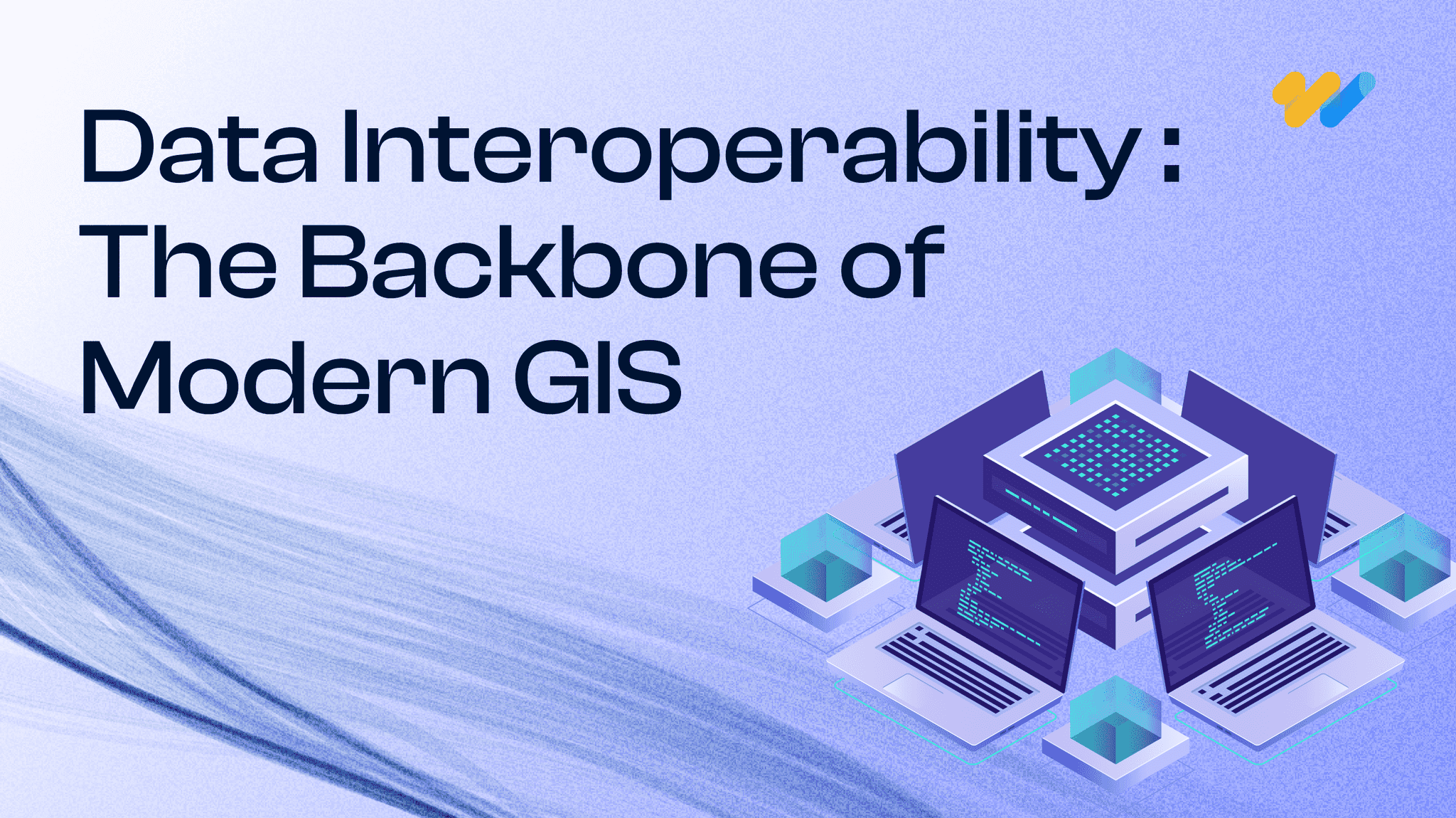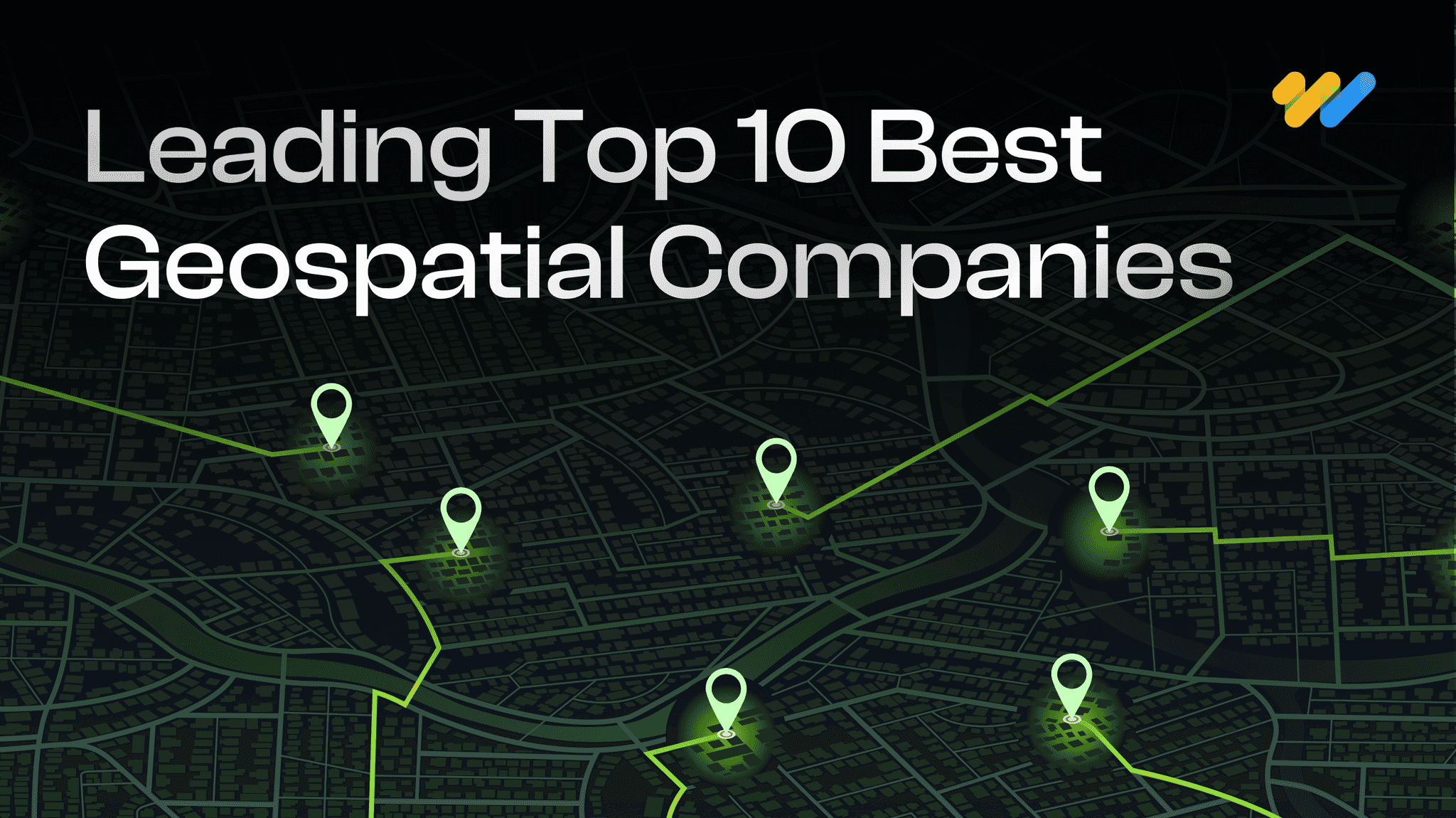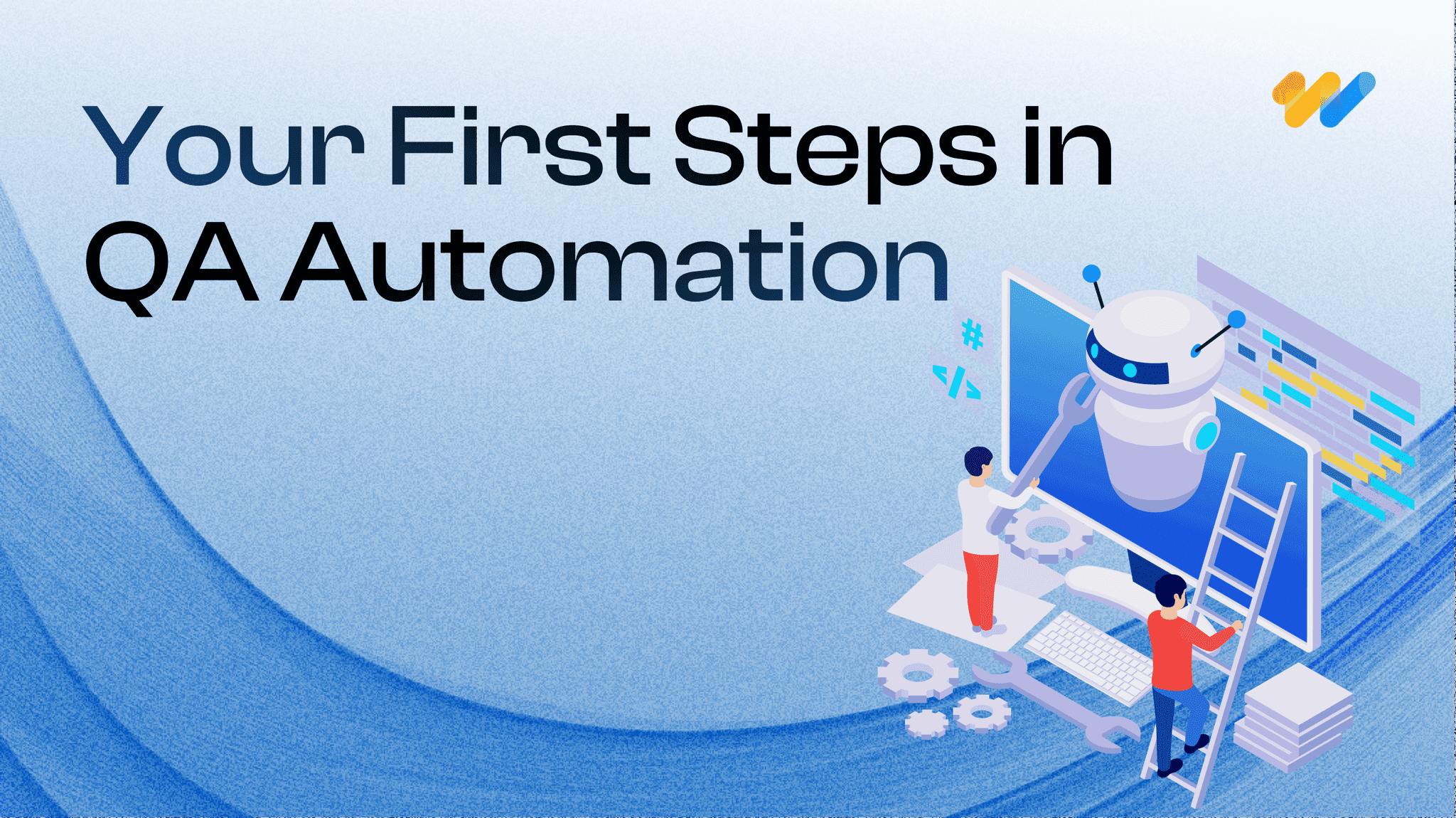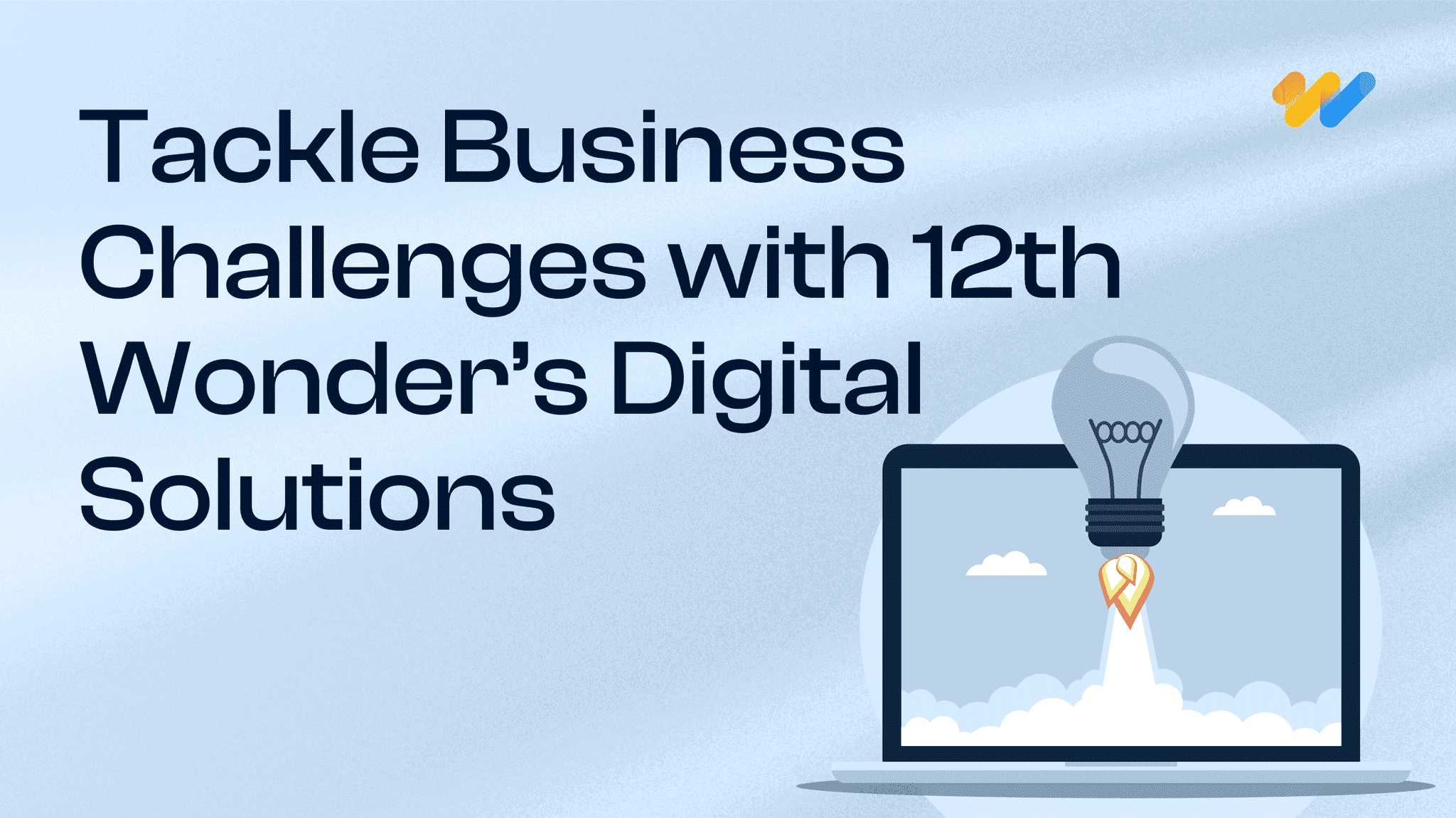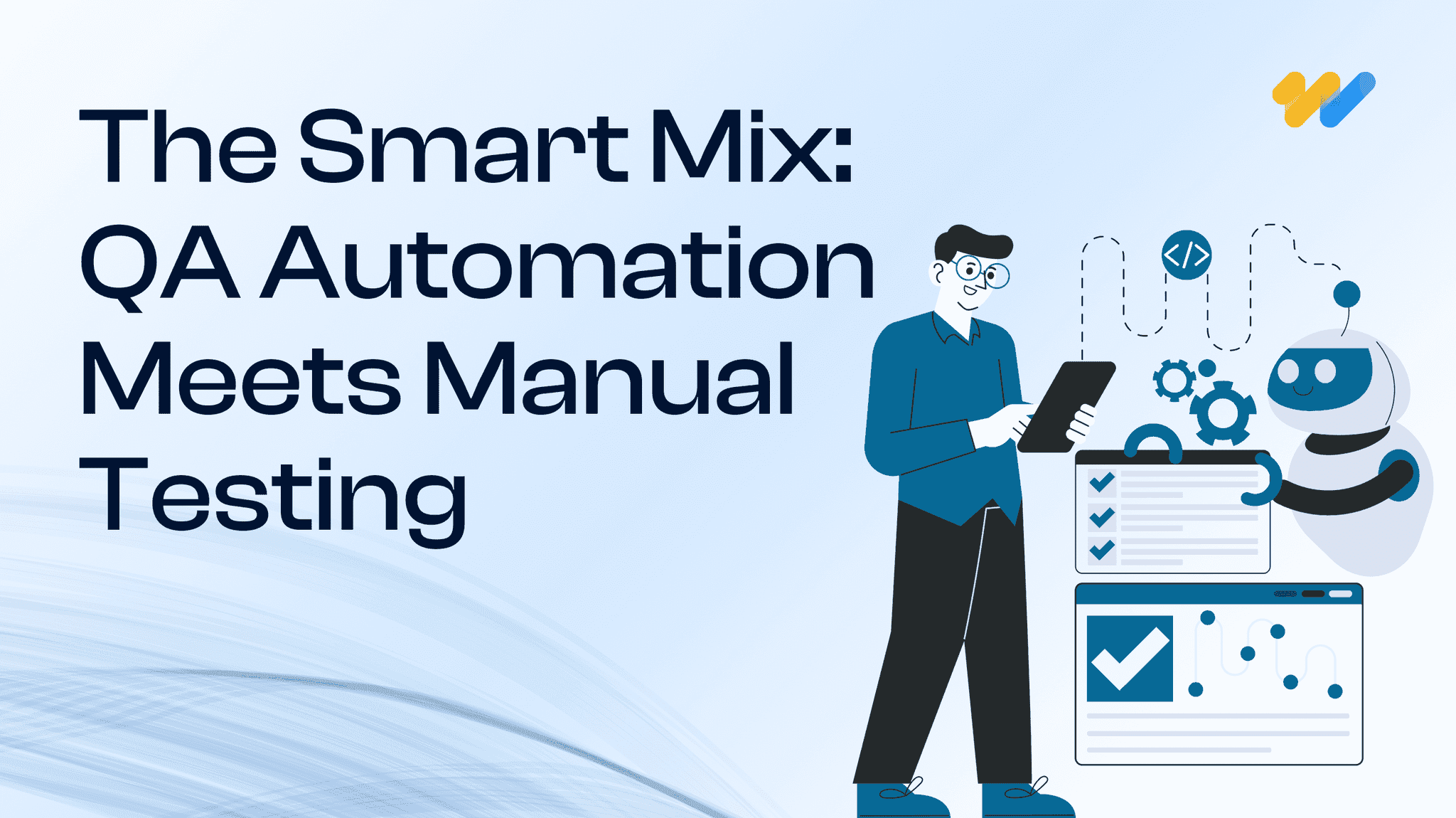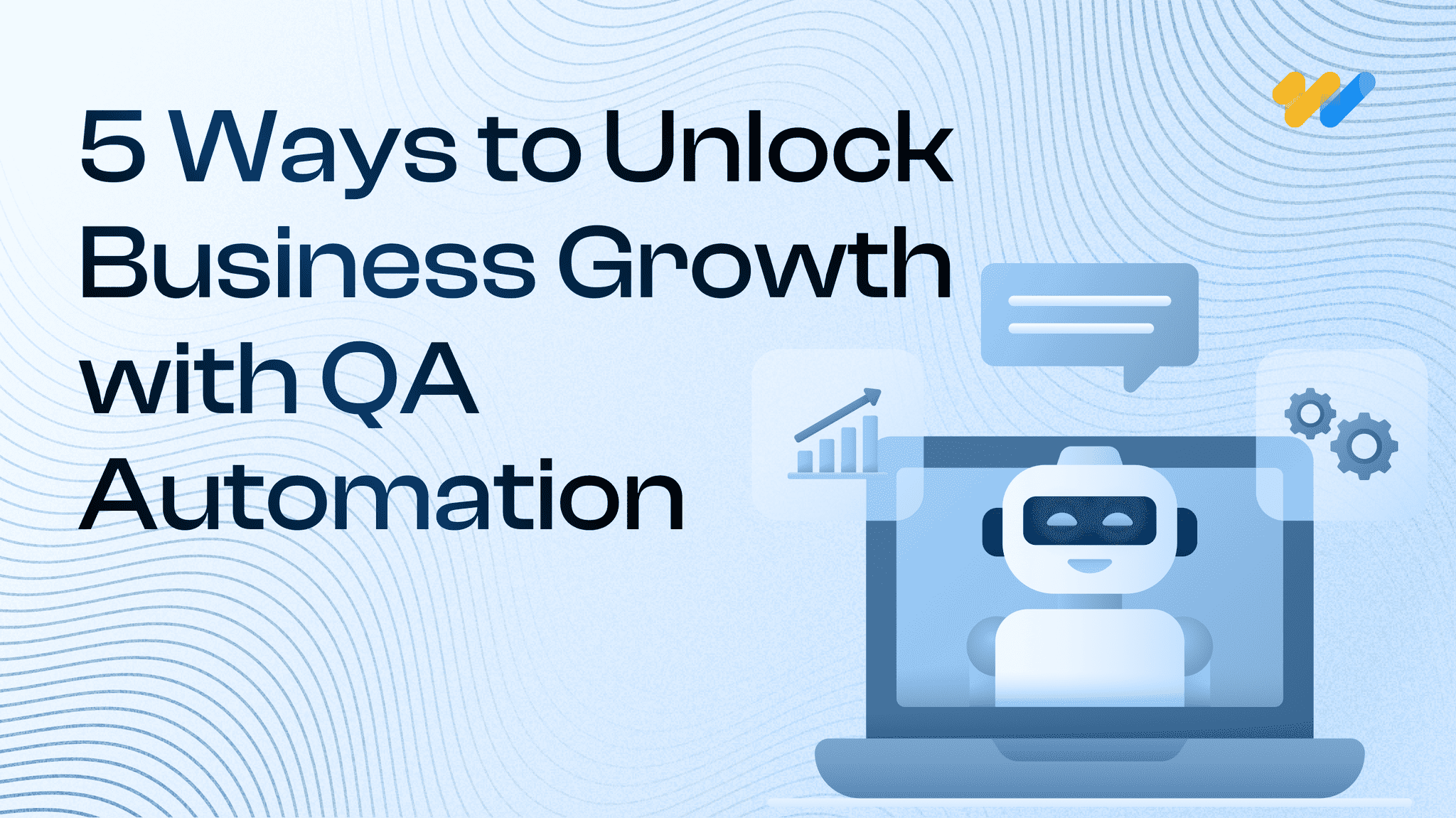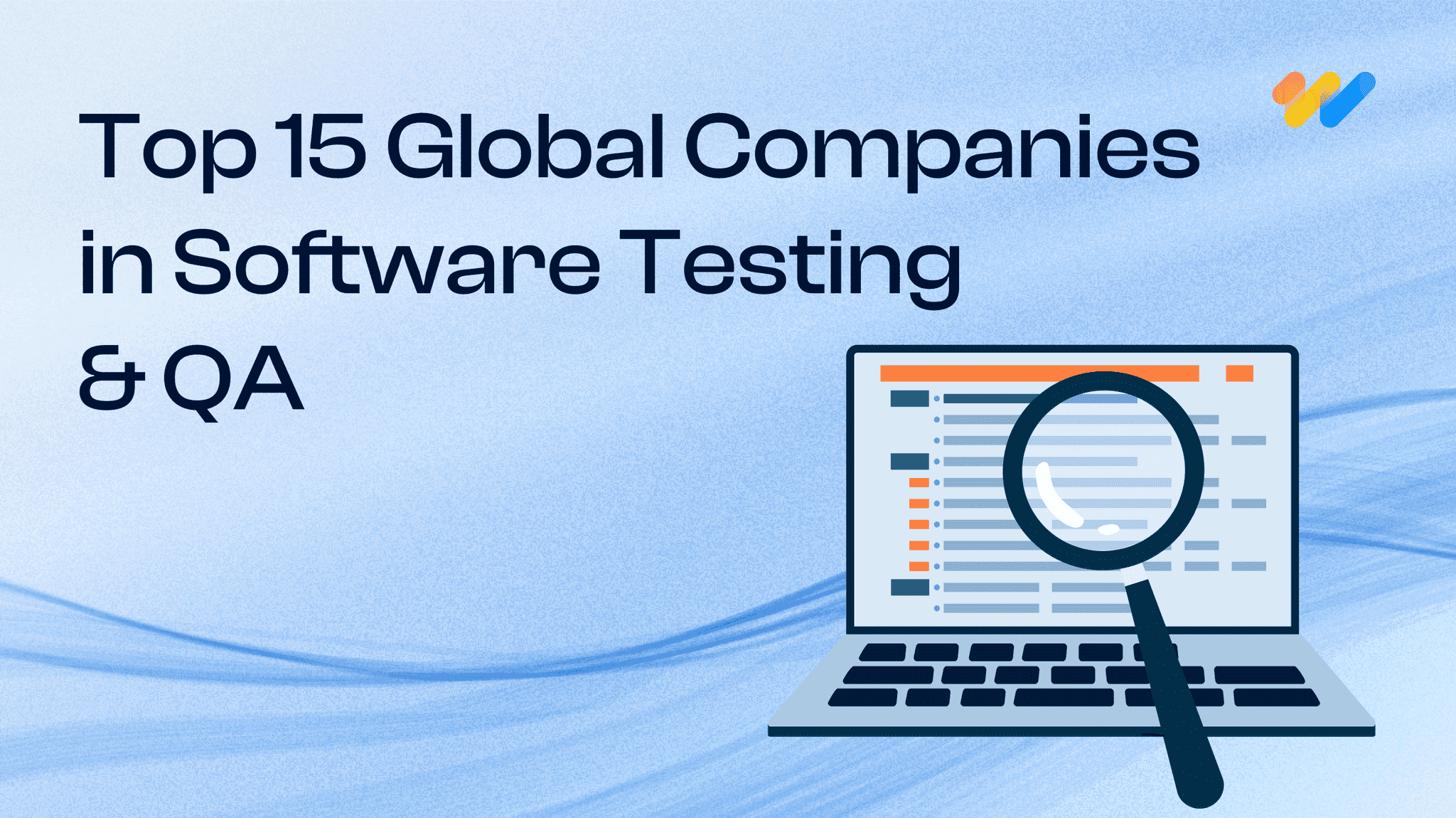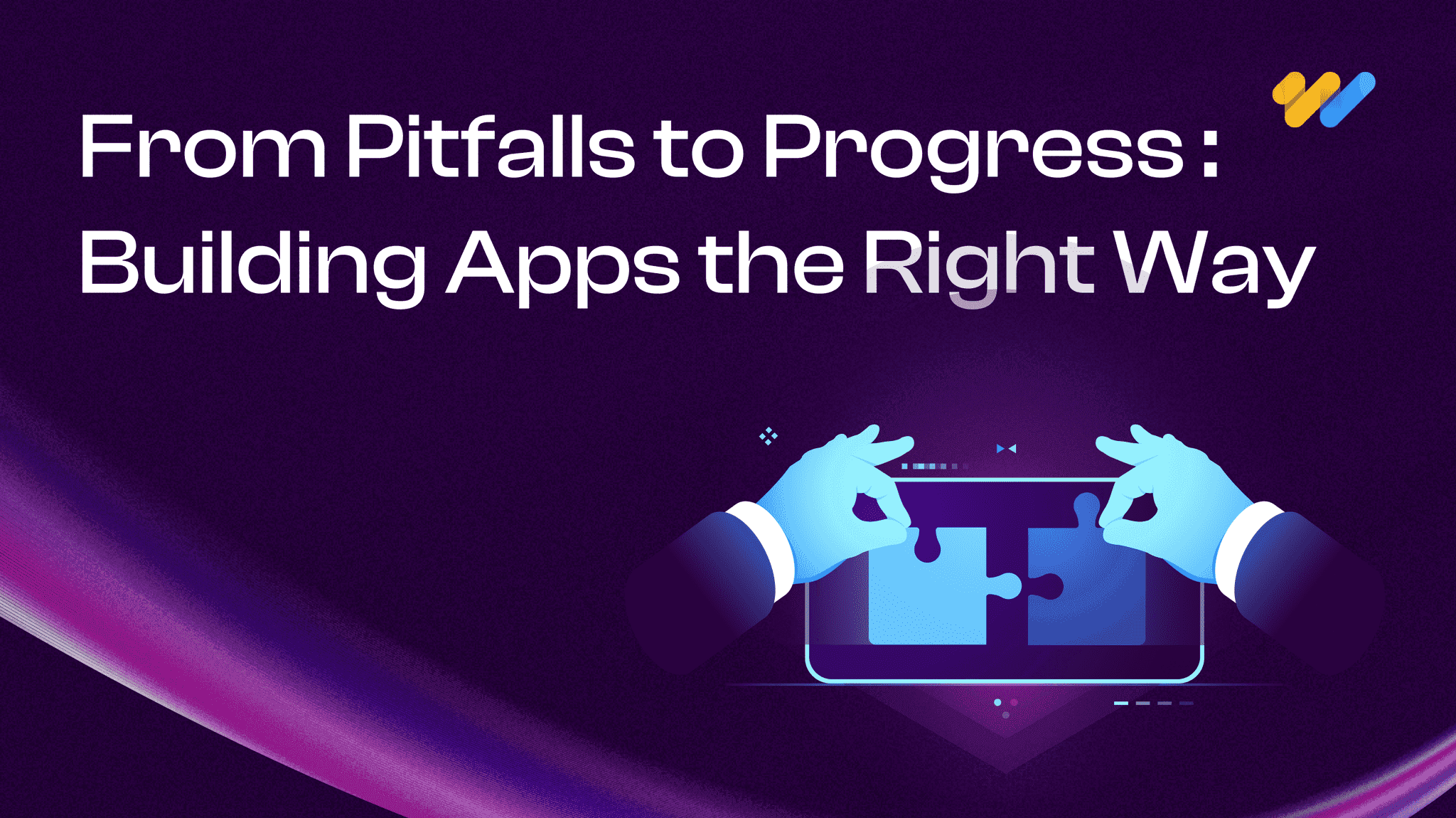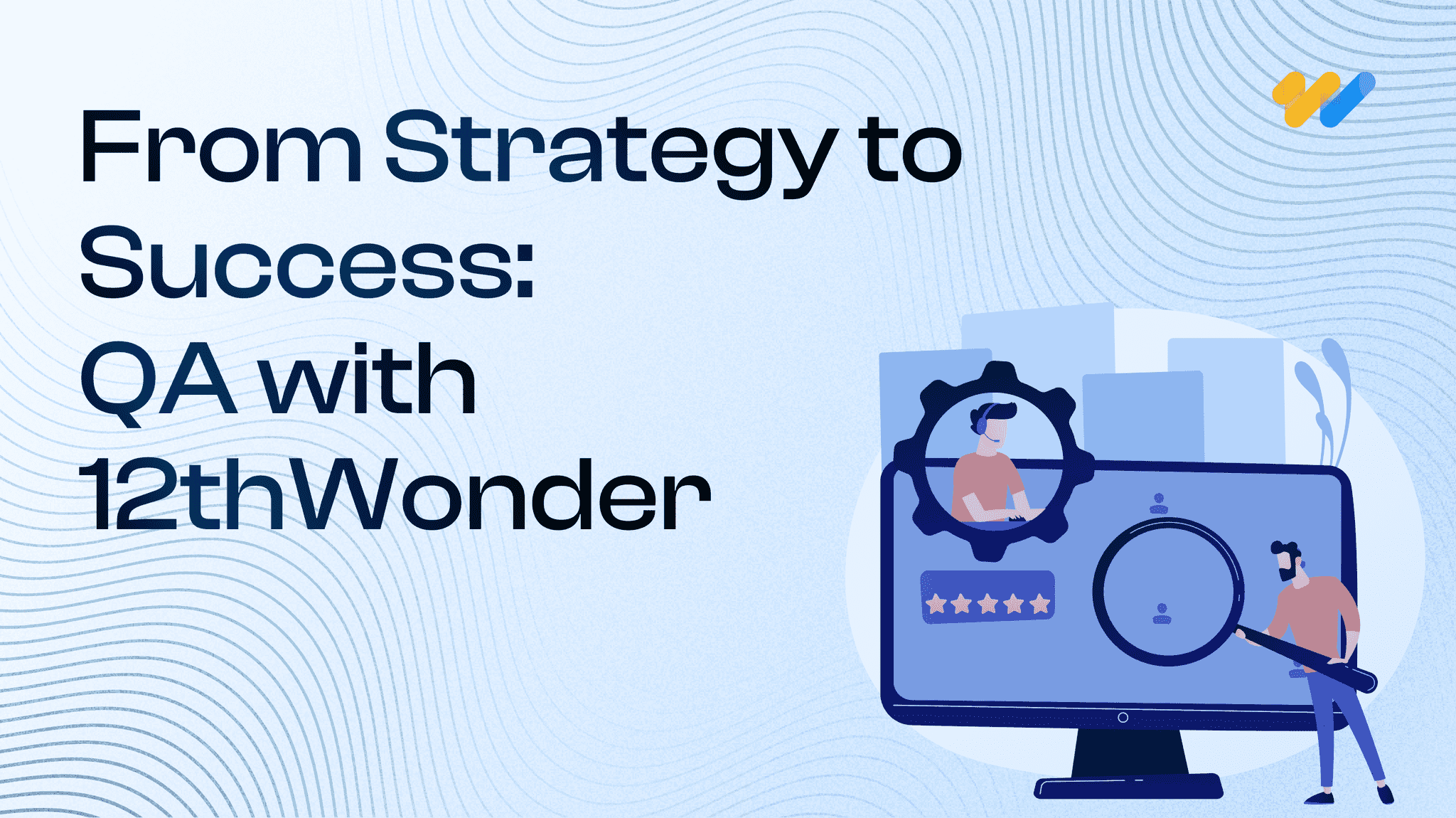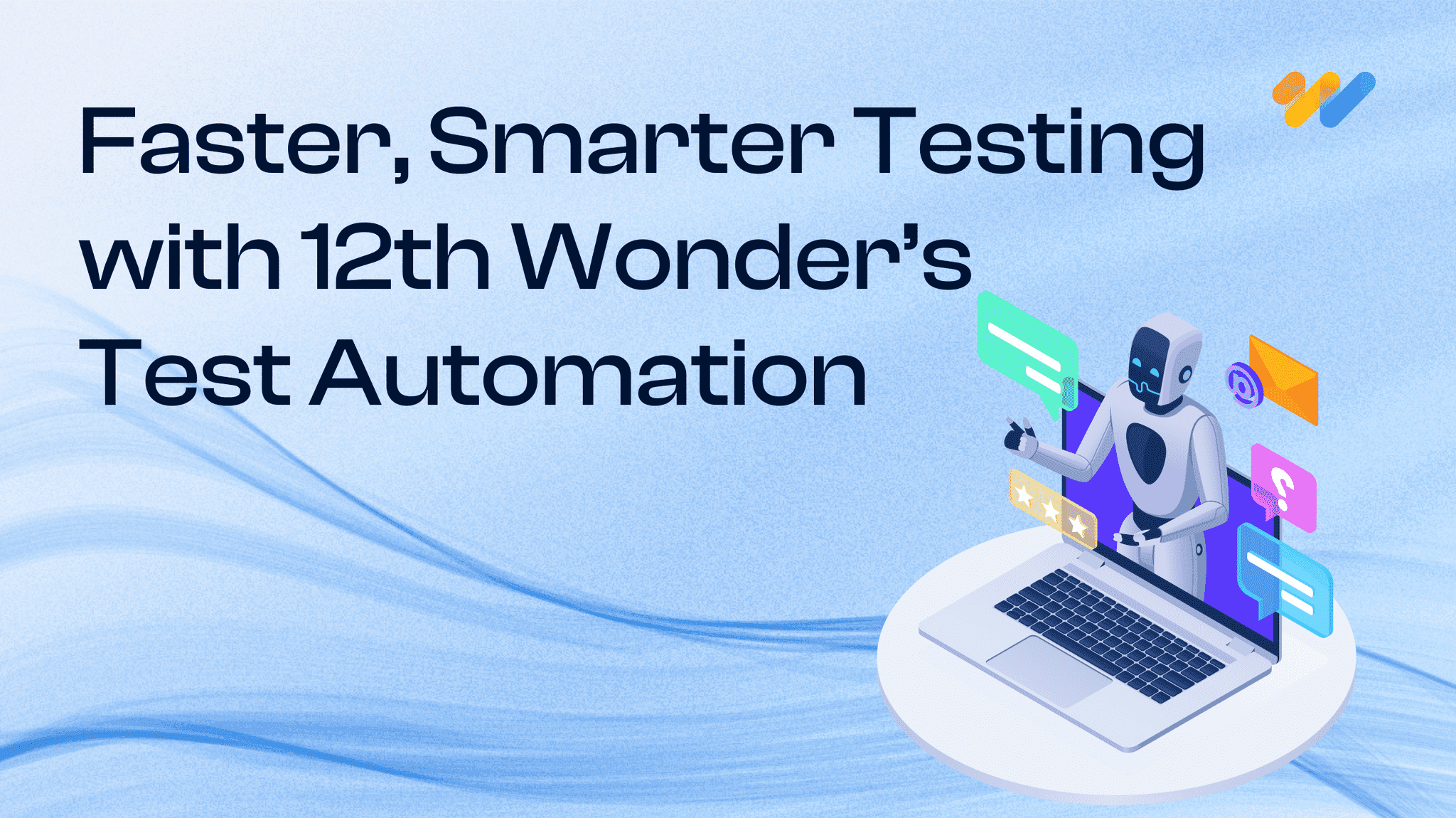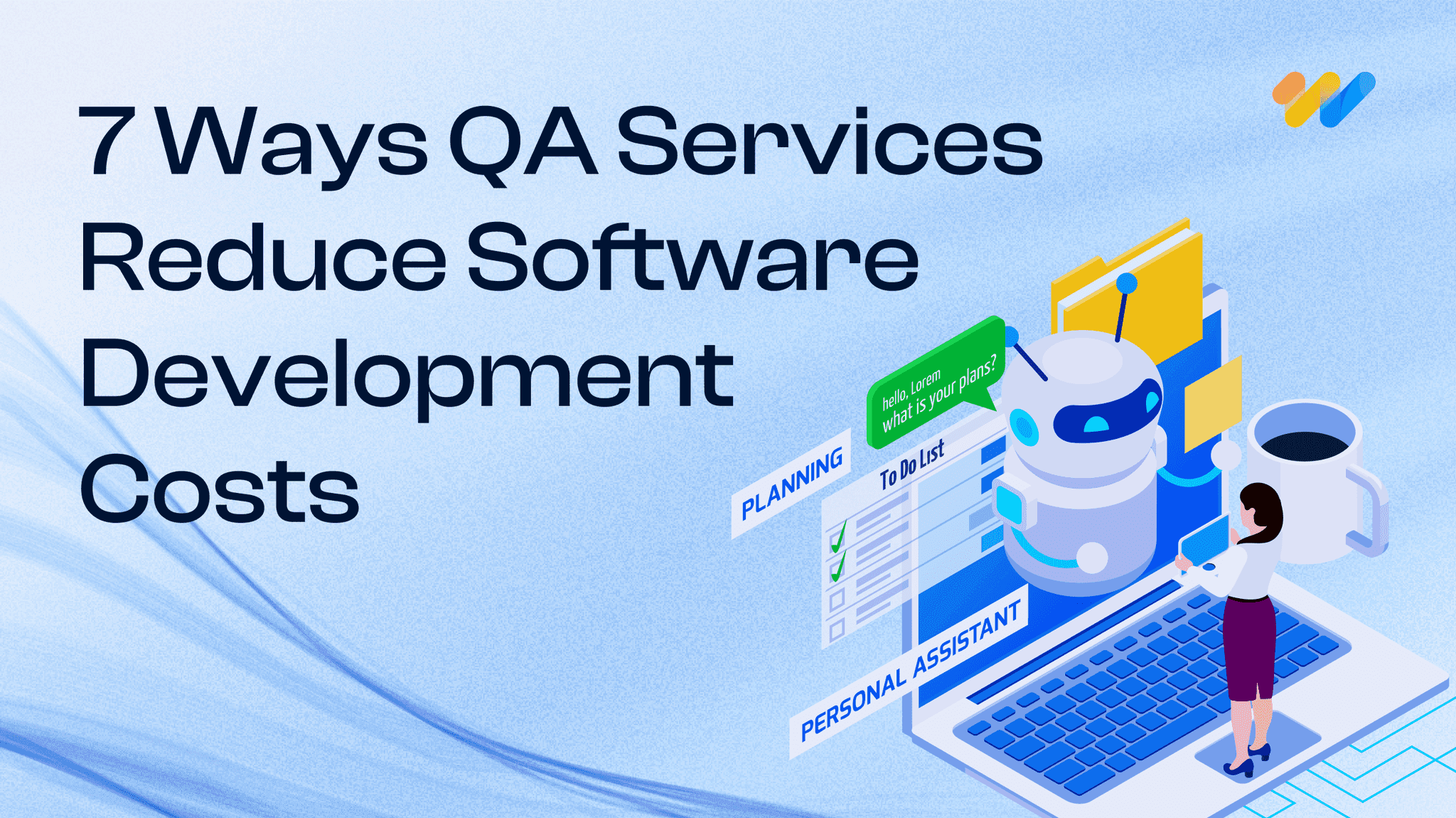Top 7 Emerging AI Trends to Watch in 2025
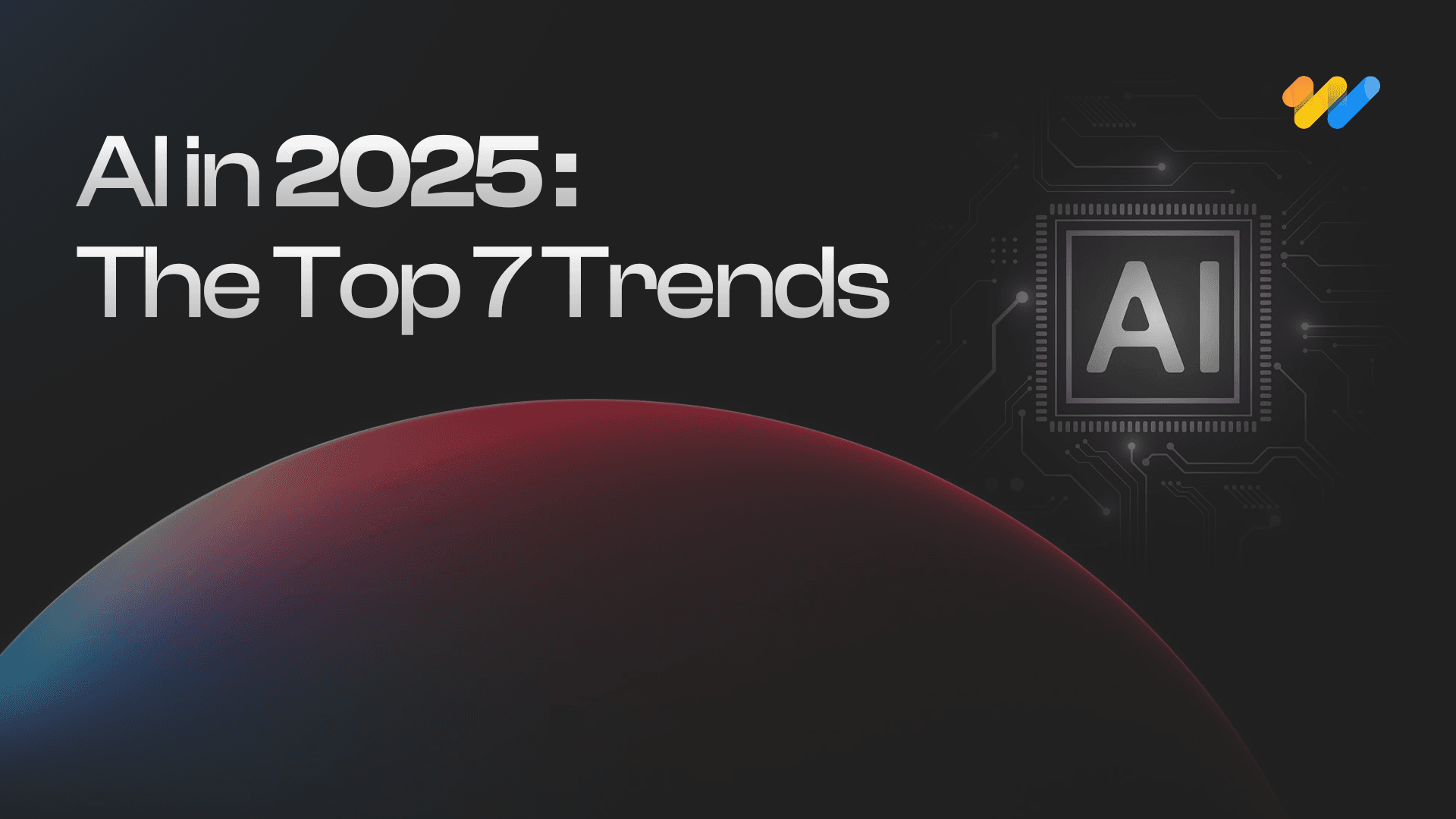
Pushing deeper into 2025, artificial intelligence continues to sprint from being a promising tool to a transformative force. Behind all the hype, some shifts are quietly rewriting the rules of how we work, build and compete. And this pace is not showing any signs of slowing down anytime soon. Rather, it is compounding. So for brands betting on the future, start here.
We explore the top AI trends shaping what’s next. And what smart businesses are acting on now?
AI Agents are becoming enterprise infrastructure
Moving into 2025, it is clear that AI agents are transitioning from proof of concept to production. These operational systems can now handle complex workflows with almost zero human oversight. These models are planning, executing and adapting in real time, and this can be seen across almost everything from customer support to marketing ops. This shift is powered by reducing interference costs.
In the past two years, the per token cost to achieve benchmark level performance has dropped by over 90%. Also, during that same time, the algorithmic efficiency has improved at a rate of 400% per year. This combo makes it super economical to deploy multi agent systems company wide.
The results are here to back it up. IBM Institute of Business Value published a report recently which found that over 64% of enterprise leaders are piloting or actively using AI agents for business process automation.
The introduction of hybrid reasoning
LLMs (Large Language Models) are getting strategic and more capable day by day. New hybrid reasoning models allow users to decide how much compute to allocate based on the complexity of the task. This results in increased efficiency without sacrificing accuracy when deeper analysis is needed.
Major brands like Google’s Gemini, IBM’s Granite and Anthropic’s Claude all introduced fine tuned control features this year. This was critical to allow developers to toggle the “thinking time” of the LLM and optimize resource use. It is a much more practical way to deploy reasoning at scale.
Benchmark saturation is reshaping how we evaluate AI
The AI industry’s obsession with leaderboard scores is quickly losing relevance. Many public benchmarks like MMLU or Massive Multitask Language Understanding, and GSM8K, or Grade School Math 8K, are now so saturated that they are no longer reflective of real world performance. Hugging Face retired its Open LLM Leaderboard starting March 2025. The reasoning? Overfitting and benchmark leakage into training datasets. Companies are now moving forward with their own evaluation frameworks tied to real business outcomes.
One major financial firm, for instance, recently reported that its internally benchmarked AI solution, despite having a very low rank on public leaderboards, helped them reduce customer onboarding time by 38% and increased fraud detection accuracy by 21%.
New architectures are challenging transformer dominance
The transformer model has powered most generative AI systems since 2017. But with the introduction of newer architectures like Mamba, they offer a more efficient way to process long sequences by prioritizing key information rather than scanning every token. Mamba based systems scale linearly with input length to drastically cut latency and compute costs for large context tasks. Codestral Mamba, released in early 2025, showed a 40% speed gain over standard transformer models during real world coding tests.
Hybrid models blending transformer and Mamba elements are gaining traction, offering a balance between performance and cost.
Embodied AI is extending intelligence into the physical world
Embodied AI goes beyond your average screens and APIs. It includes systems that interpret and interact with physical environments, either virtually or through robotics. Applications for this range from autonomous logistics to simulation based planning.
This can be seen vividly in gaming. DeepMind’s Genie 2 now allows players to create playable 3D environments from simple text prompts. In robotics, startups like 1X and Skild AI are developing AI powered generalist robots with multimodal reasoning.
World Labs raised $230 million to build models that understand real world context instead of relying solely on language. As sensor rich environments become more and more common, the demand for embodied systems is set to grow rapidly.
The impact of privacy and regulatory standards on AI development models
AI’s ability to remember and personalize has hit a wall in Europe and parts of the US, where privacy laws now restrict persistent memory and data reuse. OpenAI’s automatic memory feature, which was launched in April 2025, still remains unavailable across the EU to date due to GDPR conflicts. Colorado’s AI Act, set to take effect in February 2026, will classify high impact AI systems and impose stricter audits and transparency requirements. This echoes the EU’s Artificial Intelligence Act, which requires model accountability and bias testing.
As of Q2 2025, 76 nations have proposed or passed legislation related to AI regulation, making the trend super clear.
AI’s environmental cost is driving strategic infrastructure choices
There is no hiding from the fact that AI training and inference consume massive energy. According to the latest Google report, a 48% spike in emissions can be seen over the last five years owing to AI training. Chip production also adds further environmental pressure. Semiconductor fab units need billions of gallons of fresh water and emit hazardous waste. These issues are attracting regulatory attention and investor concern.
But AI also plays its part in sustainability. PwC estimates that AI led initiatives could reduce global emissions by 4% by 2030. AI systems now help farmers reduce water use, cut energy waste in factories and extend equipment life in wind farms by 10% through predictive maintenance.
How businesses can prepare and win
The key to capturing AI’s value is not the hype train everyone’s on. It is more about precision. At 12th Wonder, we help organizations deploy intelligent systems that are scalable, secure, and production ready.
Integrate AI into resilient cloud environments using proven methods to work across AWS, Azure, and GCP. We design cloud environments to work seamlessly and reliably with AI workloads. Serverless setups, containerized deployments, or building systems that meet strict compliance standards—no matter the need, we ensure your AI initiatives are future proof.
Let’s build AI that delivers real business value. Connect with us to put the right foundation under your AI strategy!

